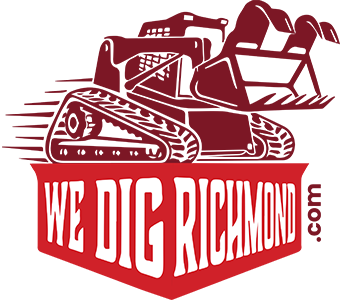Do You Need a New Retaining Wall
Understanding Retaining Walls: Structure, Function, and Benefits
Retaining walls are essential engineering structures designed to support and retain soil or other materials in a sloped area. They play a vital role in preventing erosion, managing land elevation, and creating usable spaces in challenging landscapes. Whether in residential, commercial, or public projects, retaining walls offer several benefits that enhance both functionality and aesthetics.
Structure and Function
1. Foundation and Base
Retaining walls are typically constructed using various materials such as concrete, stone, brick, wood, or steel. The base or foundation of the wall is crucial for stability and load-bearing capacity. It distributes the pressure exerted by the retained soil and ensures the wall remains intact over time.
2. Drainage
Good drainage is fundamental to the longevity and effectiveness of retaining walls. Proper drainage systems within the wall prevent water buildup behind it, reducing hydrostatic pressure. This, in turn, prevents damage to the structure and maintains its integrity.
3. Backfill Material
Backfill material is the soil or other material placed behind the retaining wall. It is compacted to ensure stability and reduce the pressure on the wall. Engineers carefully choose and place this material to minimize the risk of shifting or sliding.
4. Geogrids and Anchors
To enhance stability and strength, geogrids or anchors are often used. Geogrids are mesh-like materials that reinforce the soil, reducing the lateral pressure on the wall. Anchors, on the other hand, provide additional support by securing the wall to the ground.
Benefits of Retaining Walls
1. Erosion Control
One of the primary benefits of retaining walls is their ability to prevent erosion on slopes and hilly terrains. By holding back the soil, they mitigate the natural forces of erosion, maintaining the integrity of the landscape.
2. Land Utilization
Retaining walls create flat or gently sloping areas, making it possible to use spaces that were previously unusable due to steep gradients. This is especially beneficial in urban areas with limited space.
3. Aesthetic Appeal
Well-designed retaining walls can enhance the overall aesthetics of a property. They can be incorporated into landscaping to add visual interest and complement the overall design of the outdoor space.
4. Property Value
Investing in a well-designed and professionally constructed retaining wall can increase the value of a property. Potential buyers often see this as a desirable feature due to the functional and aesthetic benefits it offers.
5. Structural Support
Retaining walls provide essential structural support to areas with soil erosion or landslides. By preventing the collapse of the land, they ensure the safety and stability of nearby structures and properties.
6. Customization and Versatility
Retaining walls come in various styles, materials, and colors, allowing property owners to choose a design that complements their preferences and fits the landscape. This versatility makes them suitable for diverse applications.
In conclusion, retaining walls are versatile engineering structures that serve both functional and aesthetic purposes. They provide essential support, prevent erosion, create usable spaces, and enhance the overall appearance and value of a property. With proper design, construction, and maintenance, retaining walls offer long-term benefits for property owners and the environment.
